My polytunnel beds
I just love looking at the plants in my beautiful polytunnel beds. I'm looking forward to harvesting vegetables soon!
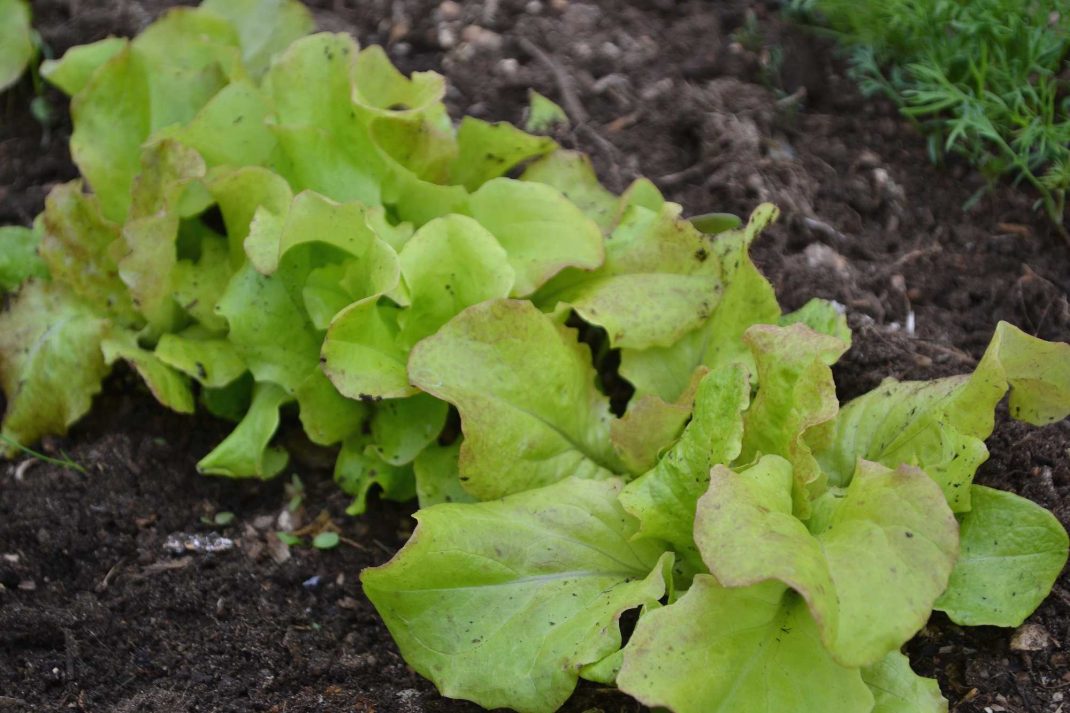
I sowed the lettuce seeds in a tight row.
This bed just looks so perfect! And no snails or slugs so far either. I guess the drought has kept them away. I'm not complaining of course! The vegetables grow quickly in the heat and I would just hate to see them all become snail dinner.
I sowed this bed already in the beginning in March. It was still winter by then, up here in zone 3. The lovely polytunnel beds were built with mulch and bokashi compost. I made three 20 feet (around 6 meters) long rows and sowed dill (the variety Bouquet, a low-growing variety that you can freeze), lettuce and the dwarf bok choy variety Green Fortune.
My bok choy grew nicely but froze during a cold spell. The tunnel didn't have any plastic for a few weeks when I changed it.
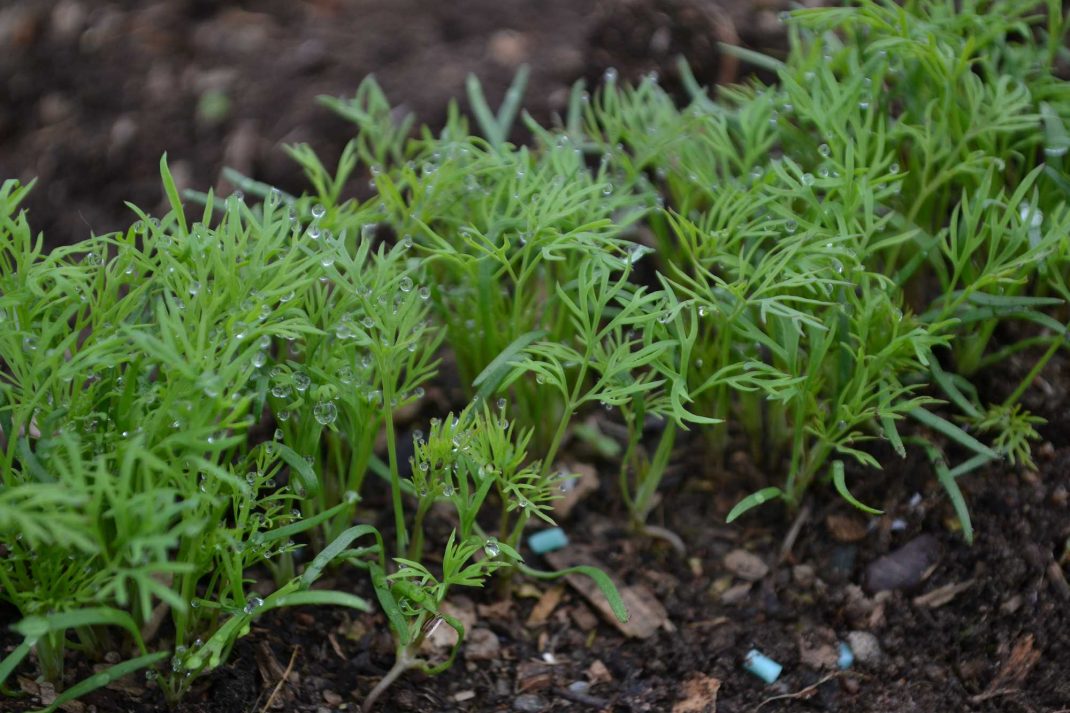
I scattered plenty of little dill seeds in this bed. If you sow your seeds like this, you won't notice if a few seeds actually don't germinate. The row will be nice and lush.
I sow a lot of vegetables in spring, I have already sown four seed packets of dill seeds this year. If there's one thing I have learned growing vegetables these past few years, it's that our family eats a LOT of vegetables. We eat everything I grow. So, I try to fill up all of my growing spaces with as many vegetables as I can. The more homegrown food we have at home, the less we need to buy. Which means healthier food and more money for us.
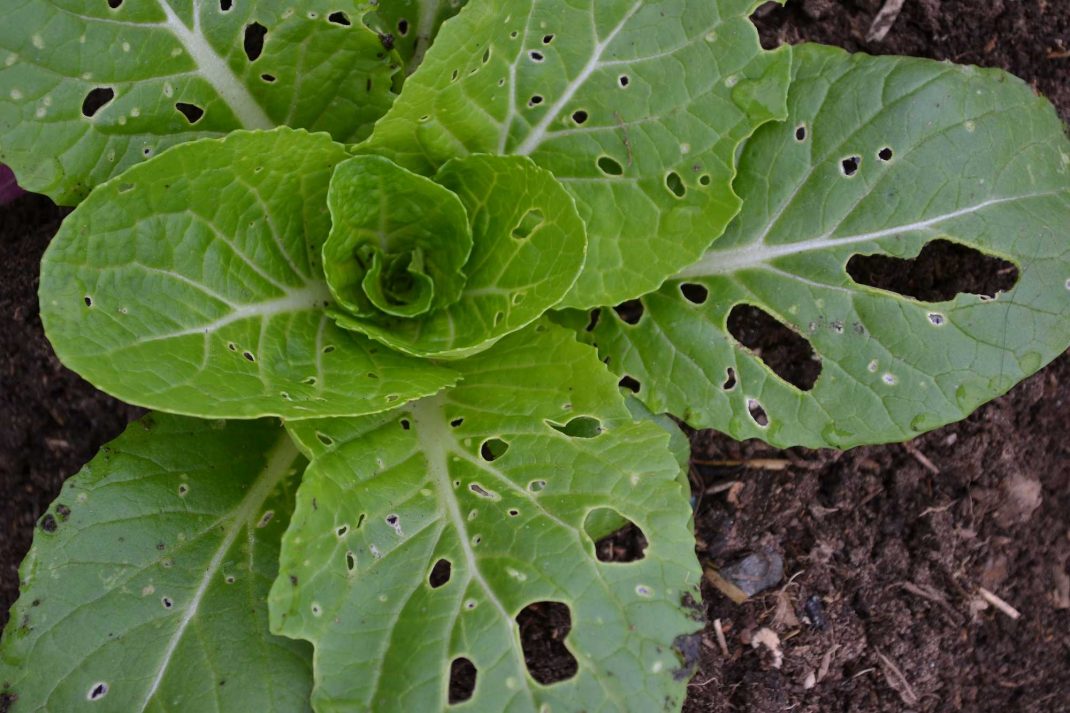
My cabbage grows so quickly in the polytunnel beds! It's only been a few days since I took the picture, but the plants have almost doubled in size!
Since my bok choy froze, I decided to go for Chinese cabbage instead. I sowed the plants in March in my second polytunnel. There are no guarantees that they will develop nice-looking cabbage heads. They are quite sensitive to cold and bolt easily in spring. We will see. There are plenty of flea beetles here. I was able to take some of them out at night though when they aren't as agile as in the middle of the day.
The polytunnel beds were like I mentioned earlier fertilized with bokashi compost. I also decided to water them with diluted urine, but I'm going to stop fertilizing now for a while since it's time to harvest my lettuce soon.
More about polytunnels: Make a hotbed in your polytunnel
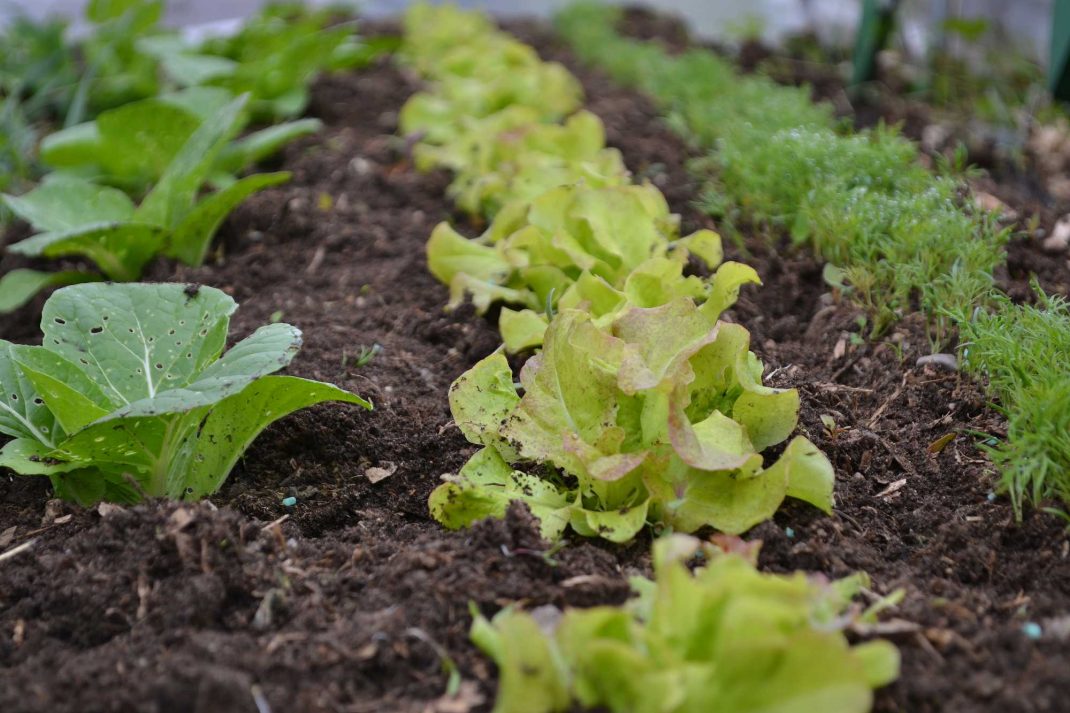
I put little snail pellets in the rows, between the vegetables. I also made sure not to use a wooden frame around the polytunnel beds so that I can keep an eye on the snails already when they get into the polytunnel, where I can cut them immediately instead.
Slugs and snails are actually a huge problem in my polytunnels. Both of the tunnels are located right next to a pasture and so many of them come straight from the field. I try to remove as many as I can every night and scattered plenty of snail pellets in early spring. So far, I haven't found that many full-grown snails, but plenty of babies. I'm going to water my beds with nematodes this week, I will write more about this soon.
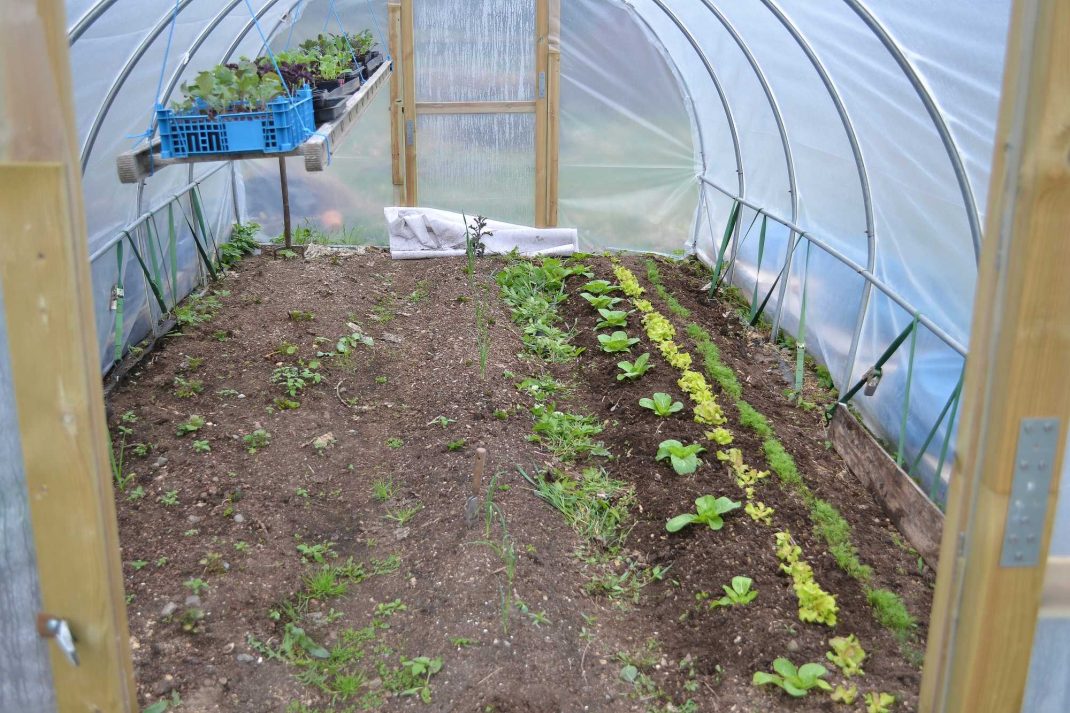
It might not look like much from here, but these three rows in my polytunnel beds will give me plenty of early food.
I'm also growing the early potato variety Orla and some overwintered leek in my polytunnel, plus a hundred or so little cabbage plants. I'm going to start planting them in a few days.
/Sara Bäckmo
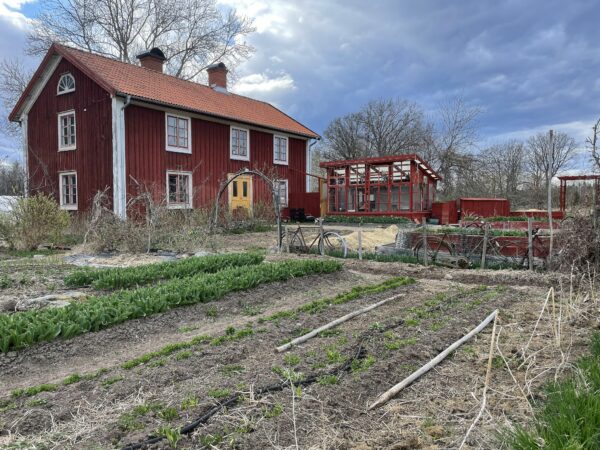
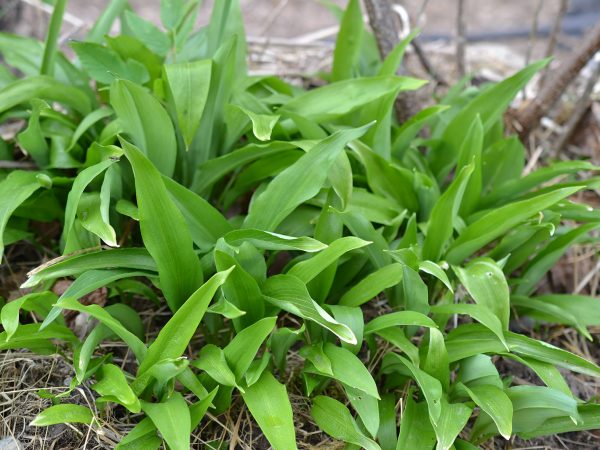
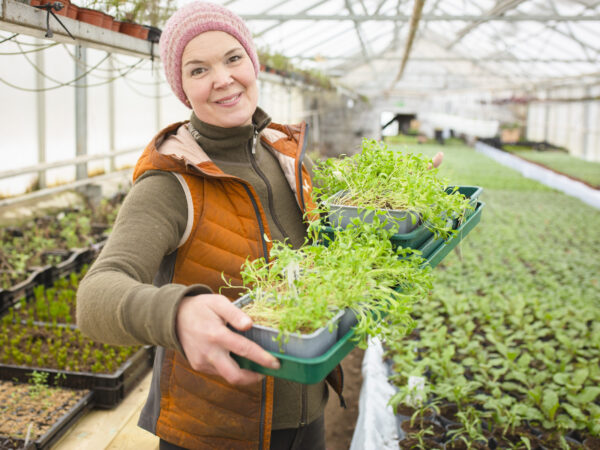
Leave a Reply